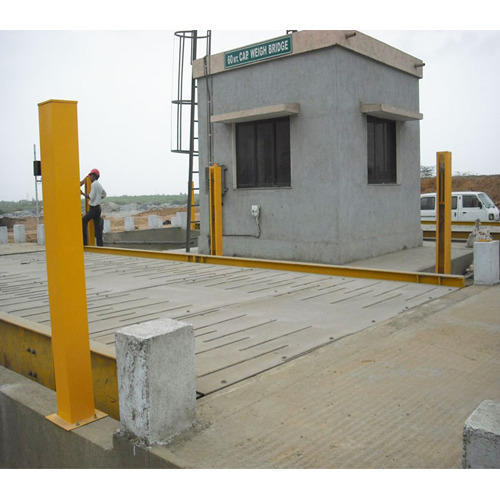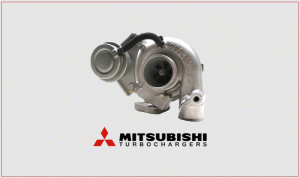What you need to know about weighbridges

We cover weighbridge Basics
Weighing technology has evolved a great deal throughout the years. Scales exist in a variety of sizes and have multiple purposes and uses.
From an industrial and commercial standpoint, weighbridges are extremely important in the grand scheme of things.
Load validation, compliancy with federal and state laws, safety, and even business purposes rely on weighbridge performance.
What is a Weighbridge
A weighbridge is basically a portable road scale that records the weight of an object (typically vehicle of some sort) and its contents. A weighbridge can way trucks, large industrial trucks, waste vehicles, anything of heavy magnitude requiring weight validation.Weighbridges are typically used for commercial purposes but with industrial equipment.
Similar to a scale for human beings, a weighbridge is just that- a scale for large equipment and its contents.
Evolution of the Weighbridge
In the modern era, weighbridges use a digital, electronic recorder to take the weight measurement versus a manual process. A digital scale is implanted in the weighbridge structure and is linked to a weighing indicator for accurate and simple logging.
In addition to the electronic scale, weighbridges of today use strain gauge load cells which are complex, advanced mechanics that reflect today’s technology and evolution.
The load cells also feature a transducer that provides the digital readout of the scale contents which again, is far more accurate than past scale technology that utilized lever and archaic mechanical systems.
Weighbridges today pack a lot of convenience and user interface improvements than in systems past. Operators can now monitor the performance remotely which further increases staff safety and productivity for installation companies.
With the introduction of software, weighbridges have become smarter and capable of advanced data storage and collection.

What are Weighbridges Made of?
Weighbridges can be made from a variety of material combinations, but its typically made of concrete and steel. Concrete and steel are two of the strongest compositions so this amalgamation is ideal for a weighbridge. Weighbridges must be strong and robust to handle heavy tonnage.
How to Assess accuracy of the weighbridge?
Digital and electronic reporting has become far more accurate than the methods of the past. It is extremely important that digital readings from the weighbridge are accurate to guarantee charges are correct. Whether it is a load for a trucking company, or a waste management company, a load that is reported too light or heavy could result into costly profit lost. The Weight and Measures Act 1985 ensures this does not happen.

How does a weighbridge work?
A weighbridge works via load cells. Load cells are transducers that convert force into an electrical output. The weight of the load and its contents are calculated by the load cells once a vehicle stops over the weighbridge. The strain gauges compress beneath the vehicle and this resistance is then converted to a signal that will show a reading on the display indicator.
What can be weighed on a Weighbridge?
Weighbridges most commonly weigh vehicles and the content loads.Trucks, heavy industrial loads, logging trucks, waste management vehicles, and oil tankers can all be weighed on a weighbridge. Containers, industrial containers, commercial use containers of heavy size can all be weighed using a weighbridge.
Where Can Weighbridges Be Installed?
Weighbridges can be placed on an entrance or pit flush in the ground. They can be installed somewhere not near a lot of traffic and placed far out of the way in the event they are unsightly, but space is key for installation. Weighbridges can be surface mounted on the ground as well.
Read Also:







